GPR FAQs
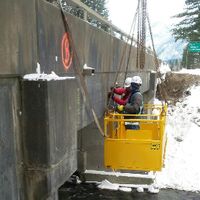
CAN GROUND PENETRATING RADAR SCAN CONCRETE SLAB-ON-GRADE?
Yes it can! Because GPR only needs access to one side of a concrete slab or structure to scan the material for anomalies, it can evaluate slab-on-grade.
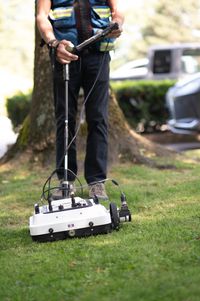
CAN GROUND PENETRATING RADAR IDENTIFY THE DIFFERENCE BETWEEN REBAR, POST TENSION CABLES, ELECTRICAL CONDUITS AND OTHER EMBEDDED MATERIALS?
While the GPR itself can only identify anomalies, our expertly trained GPR technicians can interpret the provided data and let you know what it is the GPR has found and where it's located. Our field markings and reports then help you to understand what we've located so you can make an educated decision on where to drill, core or cut.
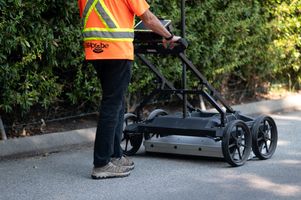
How deep can GPR penetrate?
In concrete, GPR systems can generally penetrate 14-20 inches. This depends upon the particular concrete composition as well as the quantity of structural steel near the slab surface which attenuates the signal. Some manufacturers claim greater penetration numbers, however, our experience in the field is what informs this answer. When scanning for penetrations it is important that the radar technician can “see” the bottom of the slab. If that is not possible, we recommend scanning from the other side of the slab if accessible.
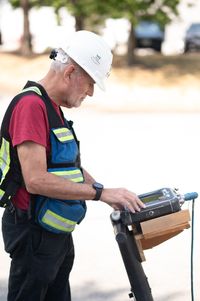
ARE THERE ANY HEALTH RISKS ASSOCIATED WITH GROUND PENETRATING RADAR?
No. GPR scanners use radio waves, and typically produce a smaller power output than most cell phones. It is also non-destructive.
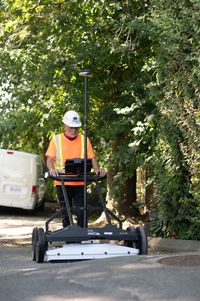
What equipment do you use?
We use the latest radar systems available from multiple suppliers. We chose equipment that we believe provides us with the best results for the type of work that we are offering.
